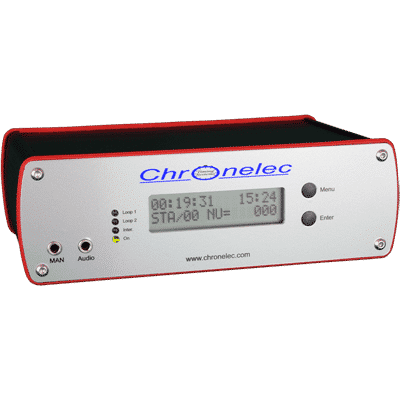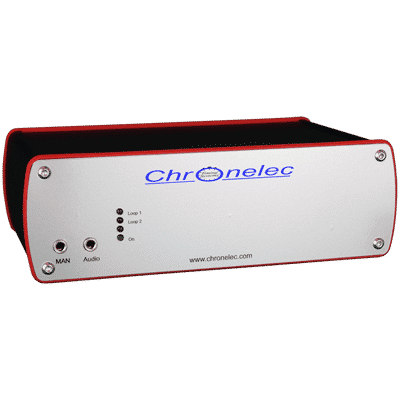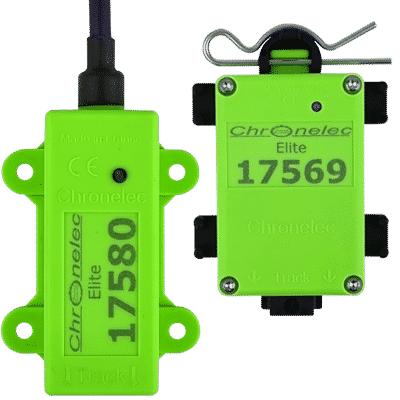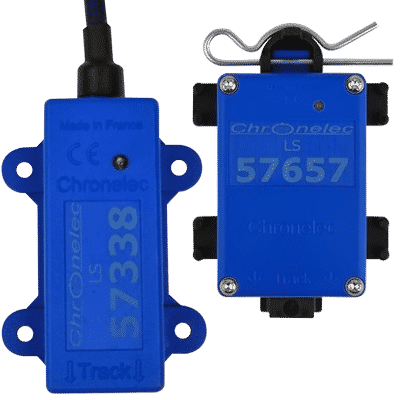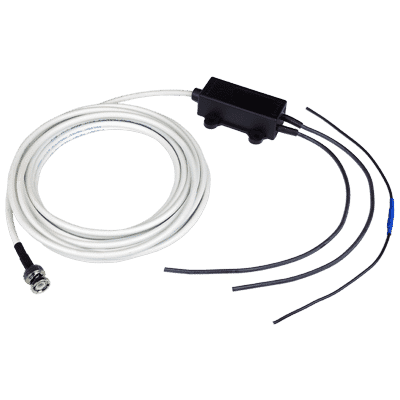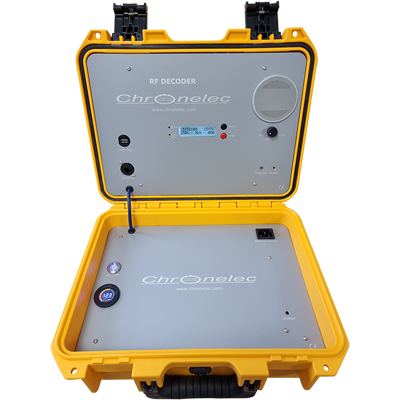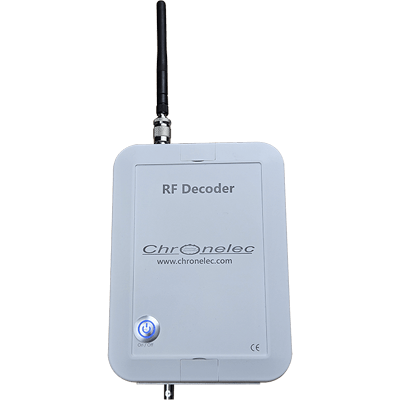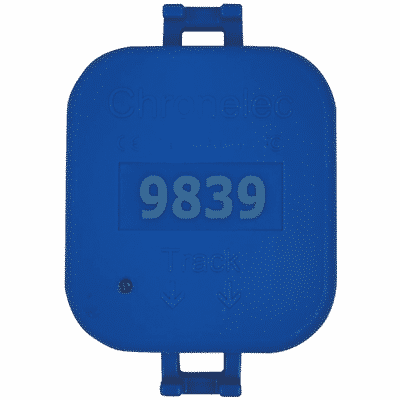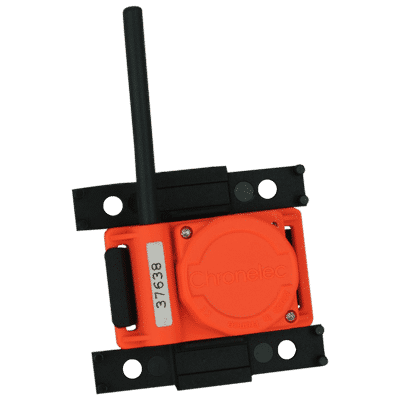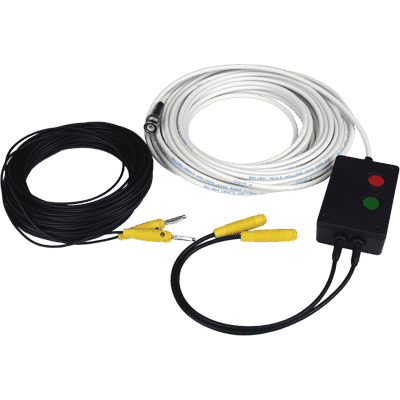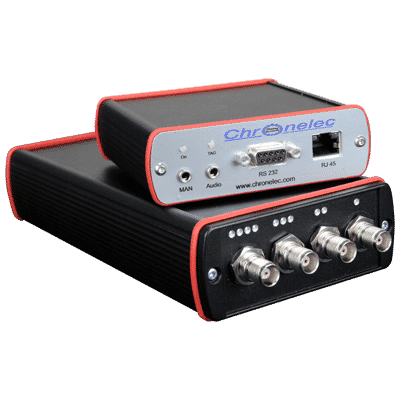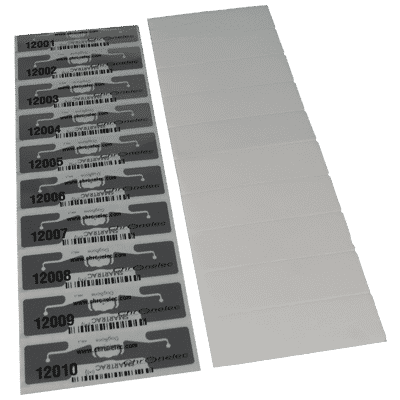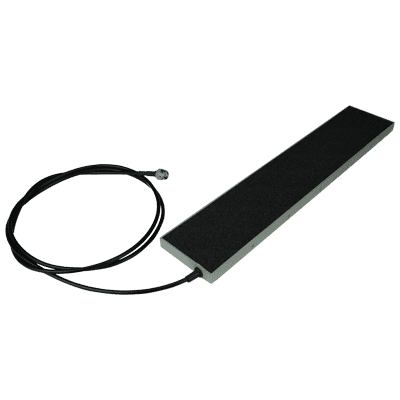Understanding the different timing systems is essential for choosing the most suitable timing system for your needs.
Induction transponder timing
This system have a loop antenna on the ground which receives the information of the transponder, when it is inside the loop. The loop antenna does not send any information, it just serves in receiver.
Since the transponder is also equipped with a small loop antenna, this gives excellent detection accuracy.
This system will handle collisions (several transponders at the same time) since one can have up to 12 simultaneous transponders in the loop (in general, it is rare to have at the finish line 2 cars or 3 motorcycles in the same millisecond).
This transponder timing is perfectly suited to high speed sports.
Radio transponder timing
The principle is similar to the induction transponder timing but the loop antenna on the ground is only for wake up transponders. The loop antenna sends an electromatic field in 125 kHz.
Once the transponder is awake, it sends a radio signal to communicate its number. The transponder must remain in the loop for several milliseconds.
This type of system manages collision problems by a robust protocol without losing accuracy. Several dozen transponders can be identified at the same time.
This transponder timing is perfectly suited for sports with moderate speed (<200km/h, <124mph).
RFID transponder timing
Originally this system was created to replace barcodes to identify objects quickly. Then with the emergence of mass run (marathon and others), it is used to identify people.
Two types of transponders exist on the market , passive and active transponder.
- Passive transponders are powered by the electromagnetic field of the antenna. The cost is low, they are often used only once.
- Active transponders have a battery which allows better detection performance. The cost is more.
These systems are generally used for marathon races with the installation of several antennas at the finish. Because of its wide detection, it can not be used for accurate timing.

